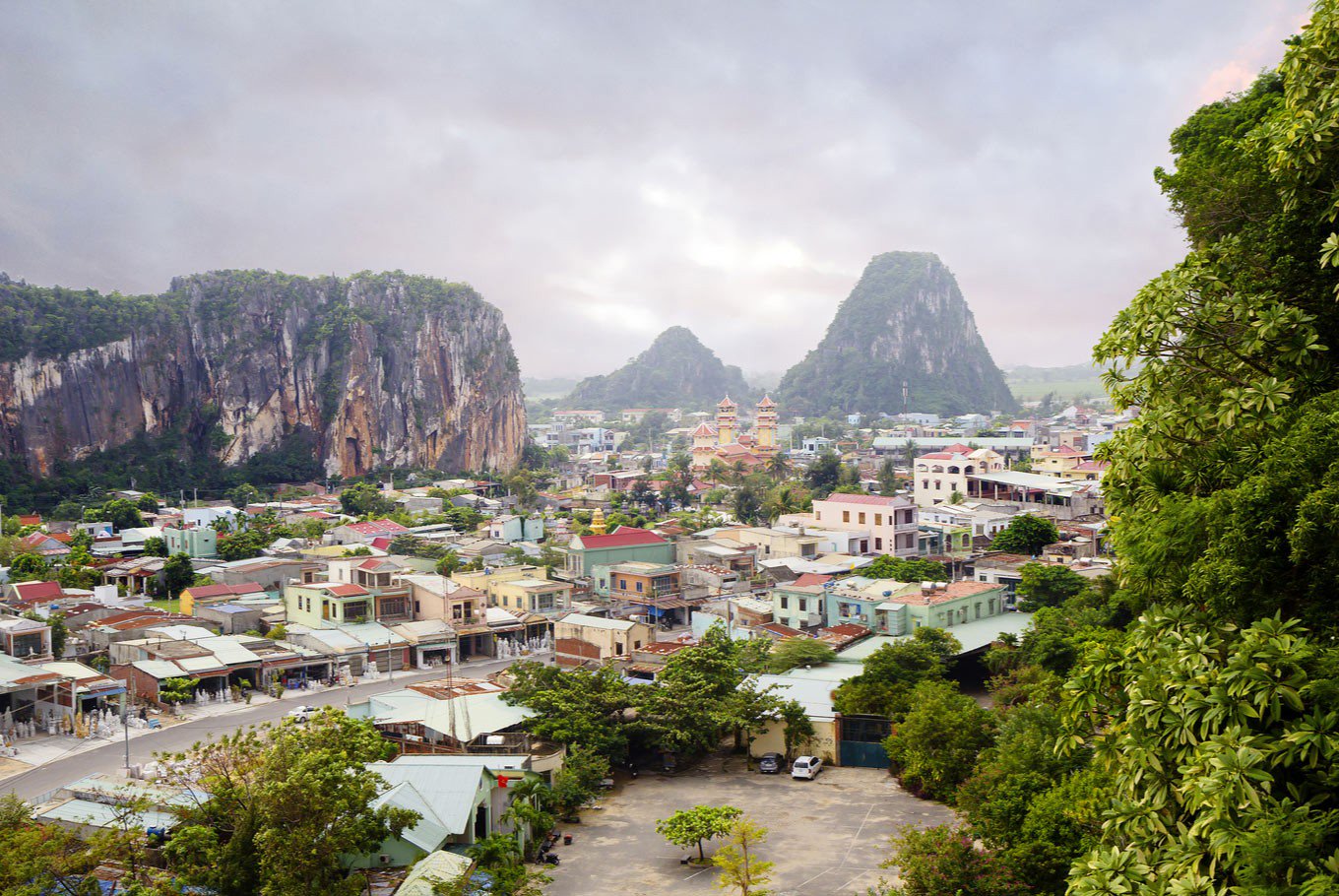Vietnam eyes tourism reform
Vietnam’s tourism industry is booming and is fast becoming the driving force behind economic growth – but it also faces calls for reform to keep up with high standards.
The “smoke-free” industry has witnessed spectacular success in the past few years with higher growth rate every year.
Last year, nearly 13 million foreign visitors came to our shores, earning the country more than Vietnamese dong (VND) 500 trillion (US$22 billion). That’s up 30 percent and 20 percent year-on-year, respectively.
Over the decade, the number of international visitors to Vietnam has tripled while revenue has increased by nine times.
Vietnam’s tourism ranked sixth in the top 10 fastest growing tourism destinations globally and was crowned the best performer in Asia in 2017. The industry last year contributed 7.5 per cent to the nation’s GDP.
With such impressive achievements, tourism has been identified a key economic sector by 2020. It can help boost the development of other sectors including construction, real estate, retail, education and job opportunities
A Politburo resolution on developing tourism and seeing it evolve into a major player in Vietnam’s economy was introduced last year.
The nation hopes to welcome 17-20 million foreign arrivals and 82 million domestic tourists by 2020. Tourism revenue is expected to reach $35 billion, contributing 10 percent to the country’s GDP by then, and the industry may create four million jobs, including 1.6 million direct jobs.
Tourism is forecast to maintain strong development in the next few years thanks to the Government’s support policies, determination of provincial authorities and dynamic development of both businesses and communities.
However, such rapid expansion is exposing many challenges and if the industry cannot be restructured to break bottlenecks it could be beaten by overdevelopment.
“Rapid increase in the number of visitors to Vietnam in the short term is putting the industry under great pressure of transport infrastructure, human resource and destination management capacity,” said Nguyen Quy Phuong, director of Travel Management Department under the Vietnam National Administration of Tourism.
Phuong said infrastructure deficiencies, particularly overloaded airports, will likely make tourists worn out due to long waiting while the lack of adequate human resource and public management capacity in destinations will affect service quality.
In reality, airports in major cities such as Hanoi, Ho Chi Minh City, Hue and Da Nang, are facing the overload trouble.
Half of the people who visited from overseas last year flew into Tan Son Nhat International Airport in HCM City. It was built to accommodate 25 million passengers per year, but in 2016, 32 million came through its doors.
According to Travel and Tourism Competitiveness Index 2017 of the World Economic Forum, Vietnam’s tourist service infrastructure ranked 113th out of 136 economies, airport infrastructure 61st, ground traffic 71st, IT platform 80th, clean and safe environment 82nd and international openness (mainly visas) 73rd.
“Urgent attention should be paid to upgrade of transport infrastructure, including seaports in the context of increasing demand for cruise tourism, as well as improvements in visa and immigration procedures,” Phuong said.
Vu The Binh, deputy chairman of Vietnam Tourism Association, also stressed the need to create a greater experience for visitors, highlighting the problems with visas.
Vietnam has granted visa waivers for visitors from 24 countries while applying electronic visa to citizens of 46 countries. However, according to Binh, these numbers are still feeble compared with Thailand which awards free-visa for tourists of 67 countries and Indonesia which waives visa for citizens of 169 countries and territories.
“Not only that, also procedure of visa exemption applied for foreigners is quite complicated, creating inconvenience and displeasure for both foreign visitors and travel companies,” Binh was quoted as saying on the Thoi bao kinh te Viet Nam (Vietnam Economic Times).
For a long time, Vietnam’s tourism has been developed in a spontaneous manner.
Individuality is key, and many regions hope to promote their own unique brands to showcase to the world but they mostly do so in keeping with the national strategy.
Important things to consider include tourists’ needs, promotional campaigns, infrastructure, human resources and management.
According to Trinh Thi My Nghe, vice chairman of Hanoi City Tourism Association, tourism is not a single industry but a collective one relating to other sectors and subjects.
“Good infrastructure, management, safety, hygiene and friendly citizens are all surface factors to attract visitors,” Nghe told Viet Nam News.
“Travel companies design and sell products to tourists and the local authorities are responsible for organisation and management of destinations.
“Apart from visiting beautiful landscape, foreign tourists coming to Vietnam want to learn more about Vietnamese culture, meet and experience the local living,” she said, adding that responsibility of businesses and community is to study customer demand to design attractive products.
Tourism development also requires inter-regional coordination. Vietnam has developed several successful regional tourism brands such as the connection of the eight Northwestern provinces and cluster of the three central provinces (Thua Thien-Hue, Da Nang and Quang Nam).
The Government is also urged to improve the business environment to ensure the deep participation of private businesses and community in the national tourism development strategy.
Vietnam hopes for around 16 million foreign visitors, 80 million domestic arrivals and VND620 trillion in total tourism revenue in 2018. These are considered achievable goals but collective efforts among management agencies, businesses, communities and professional organizations are needed to ensure sustainable development in the future.
But as the country evolves, one thing that each and everyone can do, is welcome our visitors with the traditionally Vietnamese smile.
Source: http://www.thejakartapost.com/news/2018/03/28/vietnam-eyes-tourism-reform.html


 English
English




